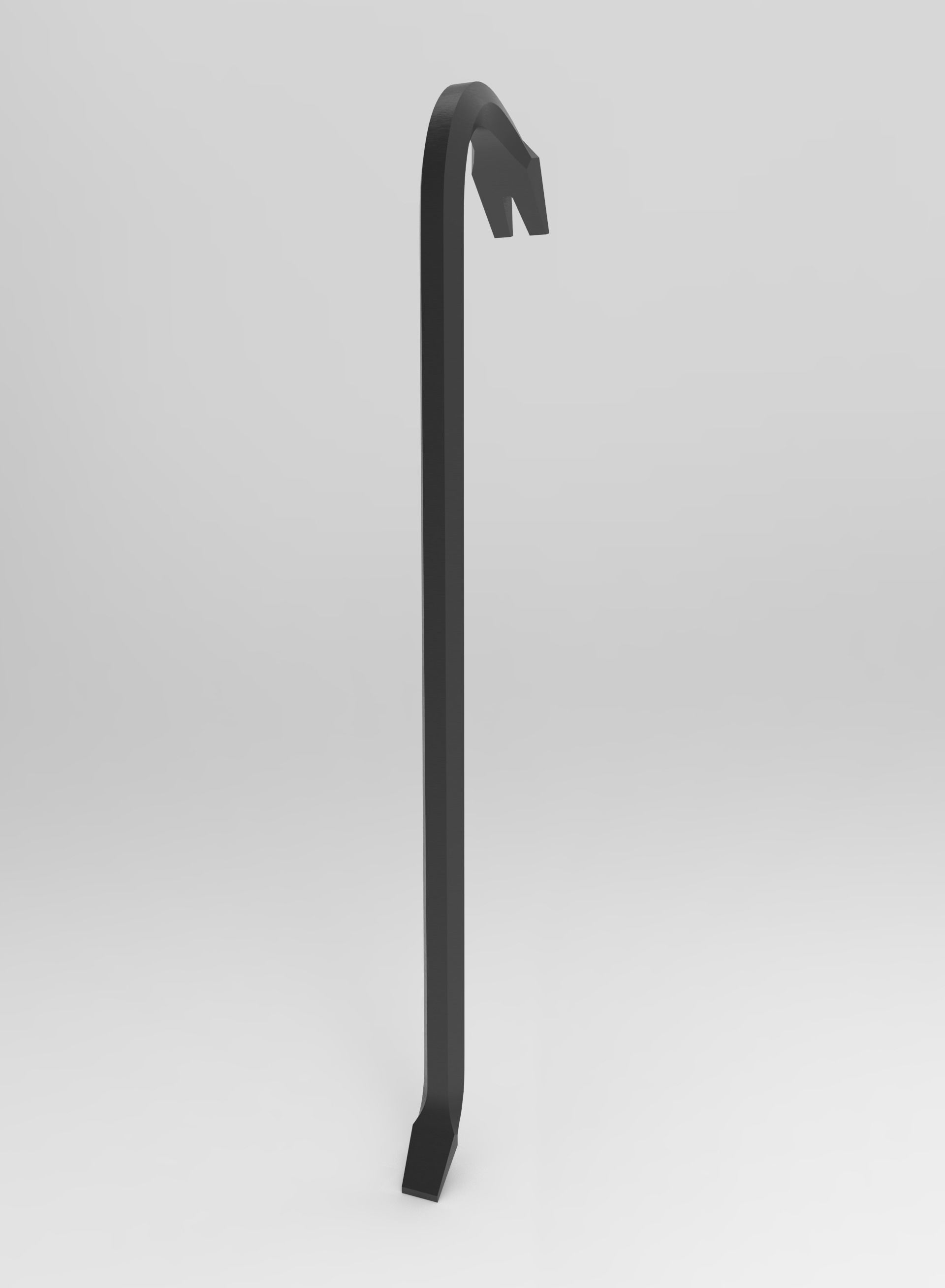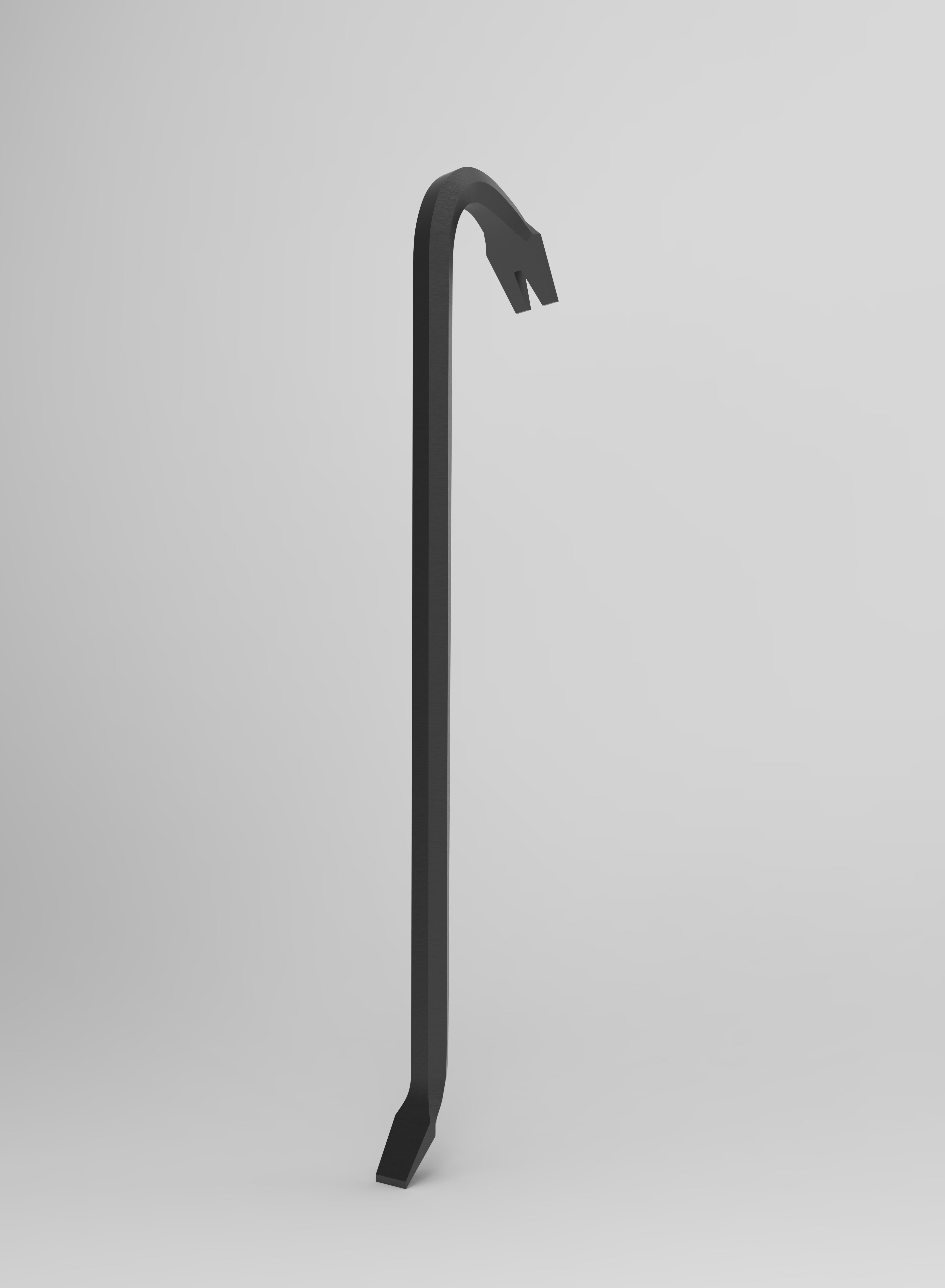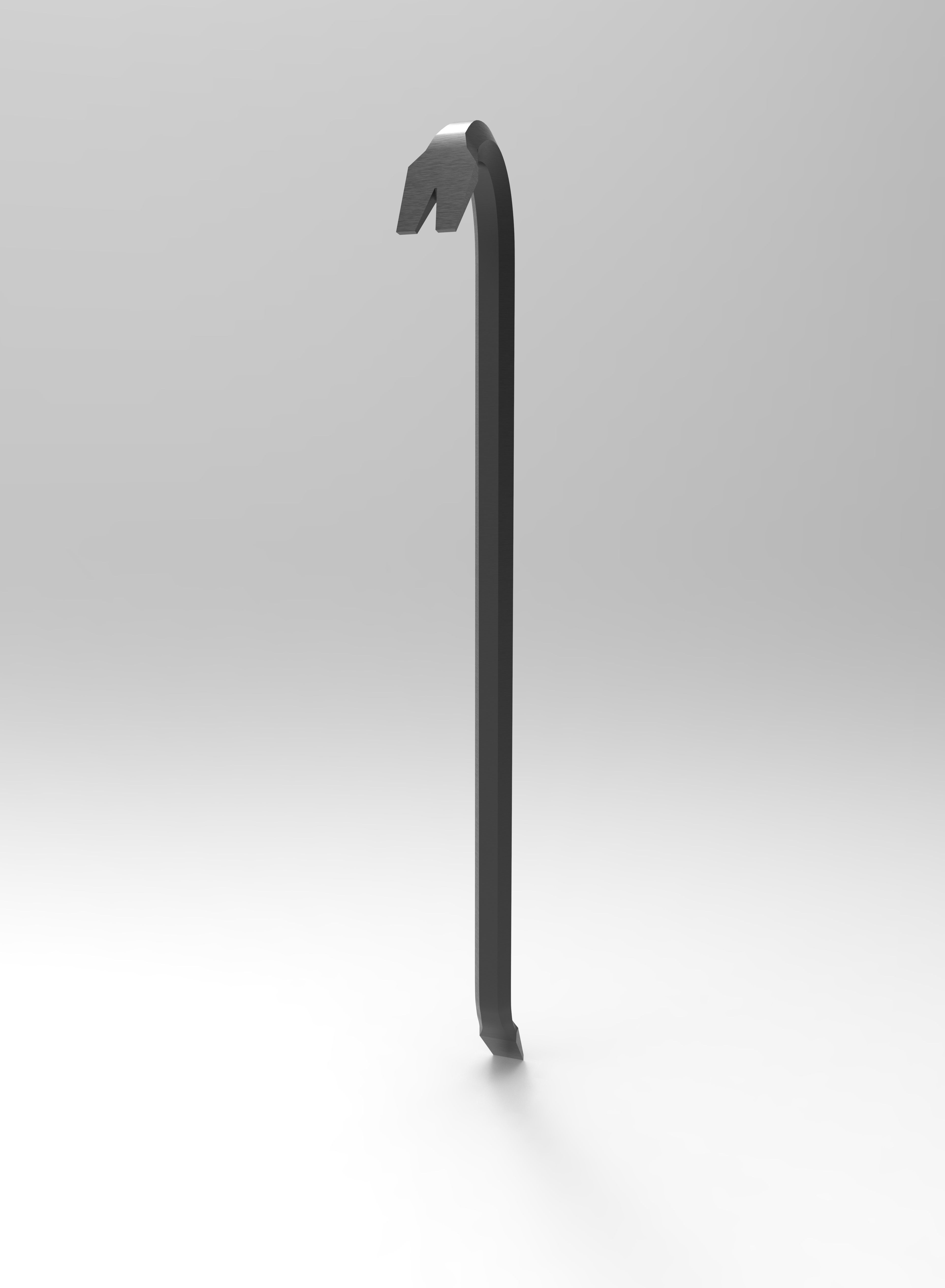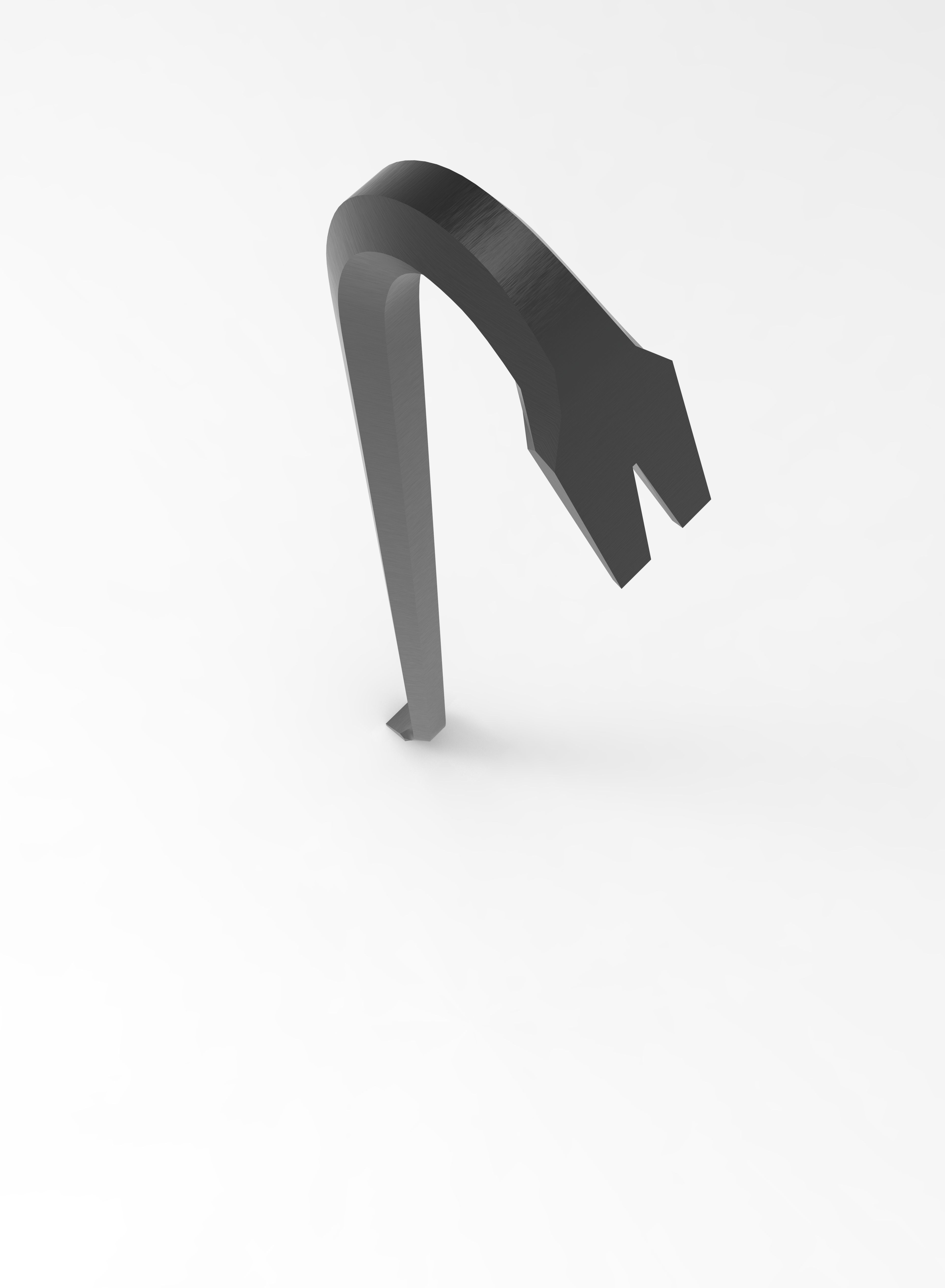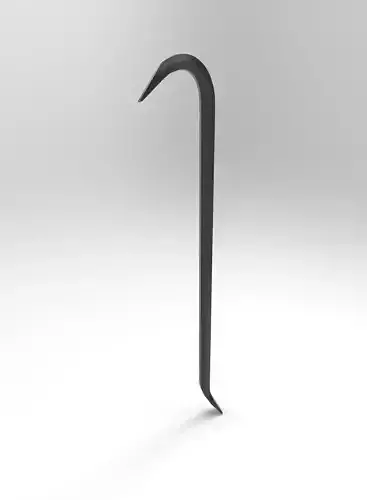
Melee Weapon Crowbar 3D model
A crowbar is a versatile hand tool that is often associated with manual labor, construction work, and even makeshift self-defense. Here's a brief description of a crowbar as a melee weapon:
Design: A crowbar typically has a long, straight metal shaft with a curved end, often referred to as the claw or wedge. The other end of the crowbar usually has a flattened, straight edge.
Materials: Crowbars are commonly made of high-strength steel or iron, ensuring durability and the ability to withstand heavy use.
Uses: In its intended role as a tool, a crowbar is used for prying, lifting, and moving objects. It's effective for removing nails, prying open crates, and various construction tasks.
Improvised Melee Weapon: In emergency or self-defense situations, a crowbar can also serve as an improvised melee weapon. Its weight, length, and durability make it capable of inflicting damage when swung or used to strike an opponent.
Advantages: The advantages of using a crowbar as a melee weapon include its reach, durability, and the potential to cause serious injury when applied with force. The curved end can be used for hooking or striking, while the flat end can deliver blunt force.
Limitations: Using a crowbar as a weapon requires physical strength and skill. It is not a precision weapon and may not be as effective as purpose-built weapons like knives or firearms. Additionally, it is not typically designed with ergonomics for combat in mind.
Legal Considerations: The use of a crowbar or any object as a weapon may have legal consequences and should only be employed in situations of self-defense when no other reasonable options are available.
In summary, while a crowbar is primarily a tool designed for construction and other practical purposes, it can be used as an improvised melee weapon in self-defense situations. Its effectiveness relies on the user's strength and technique, and its use should always be governed by applicable laws and regulations.

